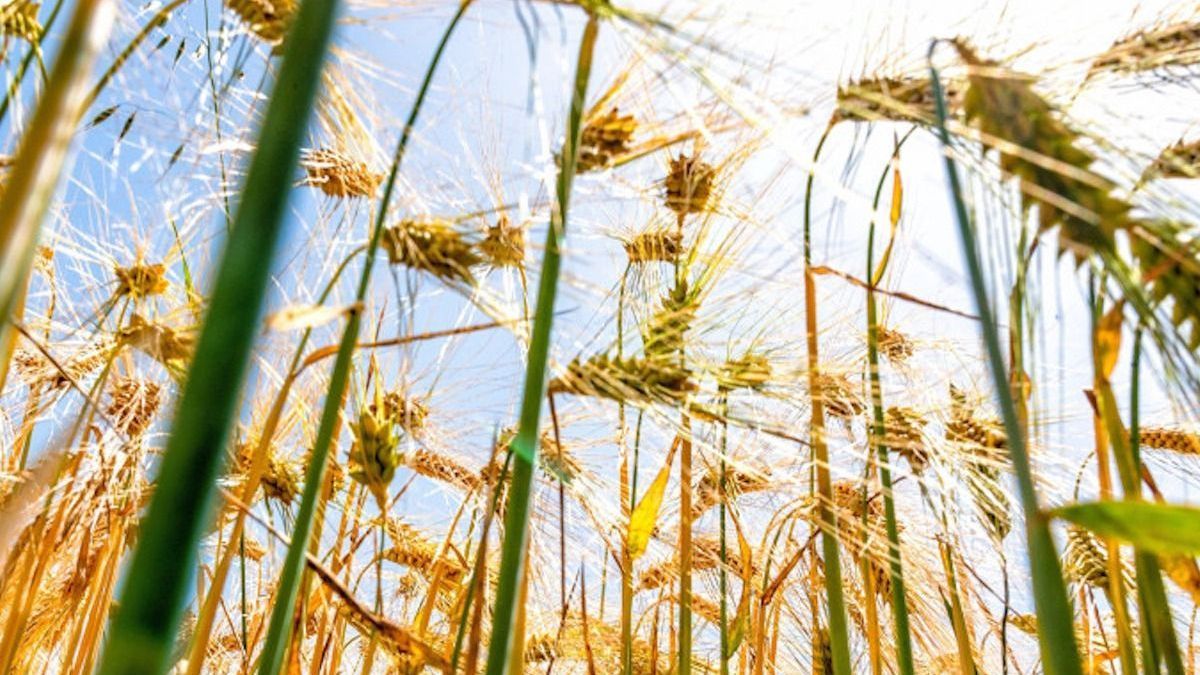
Cereals, sugar, palm oil and citrus fruits… These are some examples of foods whose production should be impacted by the El Nino climate phenomenon. For consumers, the consequences will be direct with a rise in prices in 2024, in an economic context already strained by inflation.
Unheard of since 2015! The price of cocoa reached a historic level last June, with the price per tonne literally soaring, by around 25% since the start of the year. According to data firm S&P Global Commodity Insights, cocoa stocks must fall to unusually low levels, according to statements shared by one of its analysts to the American television channel CNBC. The dynamic is not about to stop due to the floods and humidity that are attacking the cocoa trees of Côte d’Ivoire, which provides 40% of the world’s cocoa production. Meanwhile, drought in other parts of West Africa is preventing trees from providing enough pods.
Global price increases
These consequences, which may seem contradictory, are the effects of one and the same phenomenon: El Nino. It is the small name given to a climatic manifestation which returns on average every two to seven years and originates in the waters of the equatorial Pacific, off the coast of Latin America. This is reflected in an increase in the average temperature of the planet. We feel these consequences all the more since the planet was under the influence of the exact opposition of El Nino, La Nina, which leads to a cooling of the waters in this part of the Pacific.
According to the World Meteorological Organization, there are fears “an increase in precipitation in parts of southern South America, the southern United States, the Horn of Africa and central Asia”, but also “severe droughts in Australia, Indonesia, parts of southern Asia, Central America and northern America”, or even provide “hurricanes in the central and eastern Pacific Ocean”. The El Nino phenomenon started several months ago, and this has been confirmed by the World Meteorological Organization. While the episode should continue during the second half of the year, the Food and Agriculture Organization of the United Nations (FAO) has been ready since last spring. “Southern Africa, Central America, the Caribbean and parts of Asia are of particular concern, as a number of countries in these regions are already facing high levels of acute food insecurity. the main growing seasons fall into El Niño weather patterns typical of drier conditions. Northern areas of South America are also threatened by potential drought, while Australia normally experiences reduced rainfall.” wrote the FAO in a report published at the end of April.
NO to diets, YES to WW!
Which foods would be affected by El Nino?
If we understood that cocoa would be impacted by the climatic phenomenon, it will unfortunately not be the only food. A few days ago, the world leader in credit insurance that assesses trade risks, Coface for Trade, published a very concrete analysis about how our plate could be affected. It is obviously necessary to measure the climatic consequences on the largest producers, such as Brazil, to fully understand the issues. Thus, we can fear a drop in the yields of sugar cane, soybeans, coffee and oranges produced by Brazil, the number one producer of all these daily essentials. India should also be affected, which should weigh on its production of potatoes, rice, wheat and sugar cane. As far as Indonesia is concerned, the El Nino phenomenon should cause a drop in palm oil and rice production, while the Australian barley and rapeseed markets would be affected. Moreover, the professional newspaper Europe Agricole reports a potential drop of 30% in the harvest of wheat and barley in the land of kangaroos for the 2023-2024 season, citing the forecasts of the Australian Ministry of Agriculture.
For the consumer, the most visible repercussion will logically be the increase in prices in 2024. “The example of Southeast Asia is a good illustration of this. The El Niño episodes of the past 20 years have been synonymous with inflationary pressures on foodstuffs in the region. Rice, which represents 60% of domestic consumption in cereals in the region, is thus very vulnerable to the effects of El Niño, while its very water-intensive crop should suffer from rainfall levels.However, the weight of the food segment in the regional consumer price indices is very significant (about 40%), raising fears of an inflationary surge in the medium term”, explique Coface for Trade.

